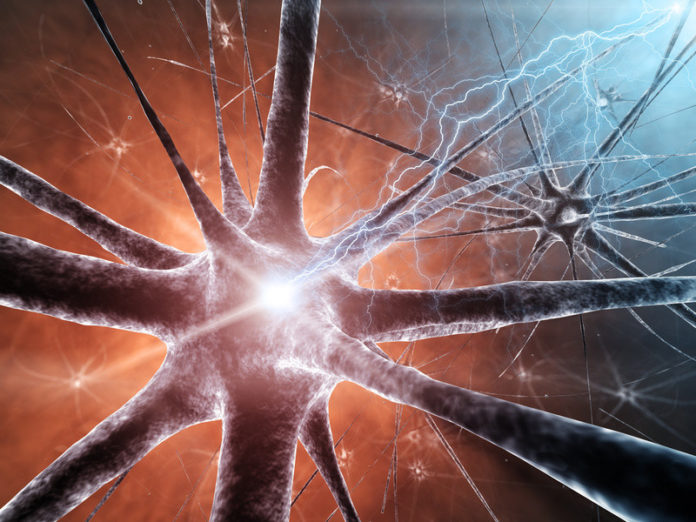
Our sense of belonging to the male or female gender is an inherent component of the human identity perception. As a general rule, gender identity and physical sex coincide. If this is not the case, one refers to trans-identity or transsexuality. In a current study, brain researcher Georg S. Kanz of the University Clinic for Psychiatry and Psychotherapy of the MedUni Vienna was able to demonstrate that the very personal gender identity of every human being is reflected and verifiable in the cross-links between brain regions.
While the biological gender is usually manifested in the physical appearance, the individual gender identity is not immediately discernible and primarily established in the psyche of a human being. As the brain is responsible for our thoughts, feelings and actions, several research institutions worldwide are searching for the neural representation of gender identity.
In a study under the guidance of Rupert Lanzenbergerof the University Clinic for Psychiatry and Psychotherapy of the MedUni Vienna published in the Journal of Neuroscience it was now possible to demonstrate neural correlates (analogies) of the identity perception in the network of the brain.
Trans-gender persons as well as female and male control subjects were examined by way of diffusion-based magnetic resonance tomography (MRT). The examination revealed significant differences in the microstructure of the brain connections between male and female control subjects. Transgender persons took up a middle position between both genders.
It was furthermore possible to detect a strong relationship between the microstructure connections among these networks and the testosterone level measured in the blood. Lanzenberger: “These results suggest that the gender identity is reflected in the structure of brain networks which form under the modulating influence of sex hormones in the course of the development of the nervous system.”
The study subsidised by the science fund FWF was conducted by the Dutch Institute for Neurosciences in Amsterdam in the context of a cooperation project between various clinics and centres of the MedUni Vienna and the brain researcher Dick F. Swaab. Researchers of the University Clinic for Psychiatry and Psychotherapy (Management: Siegfried Kasper), the Exzellenzzentrum für Hochfeldmagnetresonanz (Excellence centre for high field magnetic resonance) (Cooperation partner: Christian Windischberger, Management: Siegfried Trattnig and Ewald Moser), as well as the Universitätsklinik für Frauenheilkunde (University clinic for gynaecology) (Cooperation partner: Ulrike Kaufmann, Management: Peter Wolf Husslein) were involved.
Story Source:
The above story is based on materials provided by Medical University of Vienna. Note: Materials may be edited for content and length.
Journal Reference:
- Kranz G, Hahn A, Kaufmann U, K?blb?ck M, Hummer A, Ganger S, Seiger R, Winkler D, Swaab D, Windischberger C, Kasper S, Lanzenberger R. White matter microstructure in transsexuals and controls investigated by diffusion tensor imaging. Journal of Neuroscience, 2014 DOI: 10.1523/JNEUROSCI.2488-14.2014
